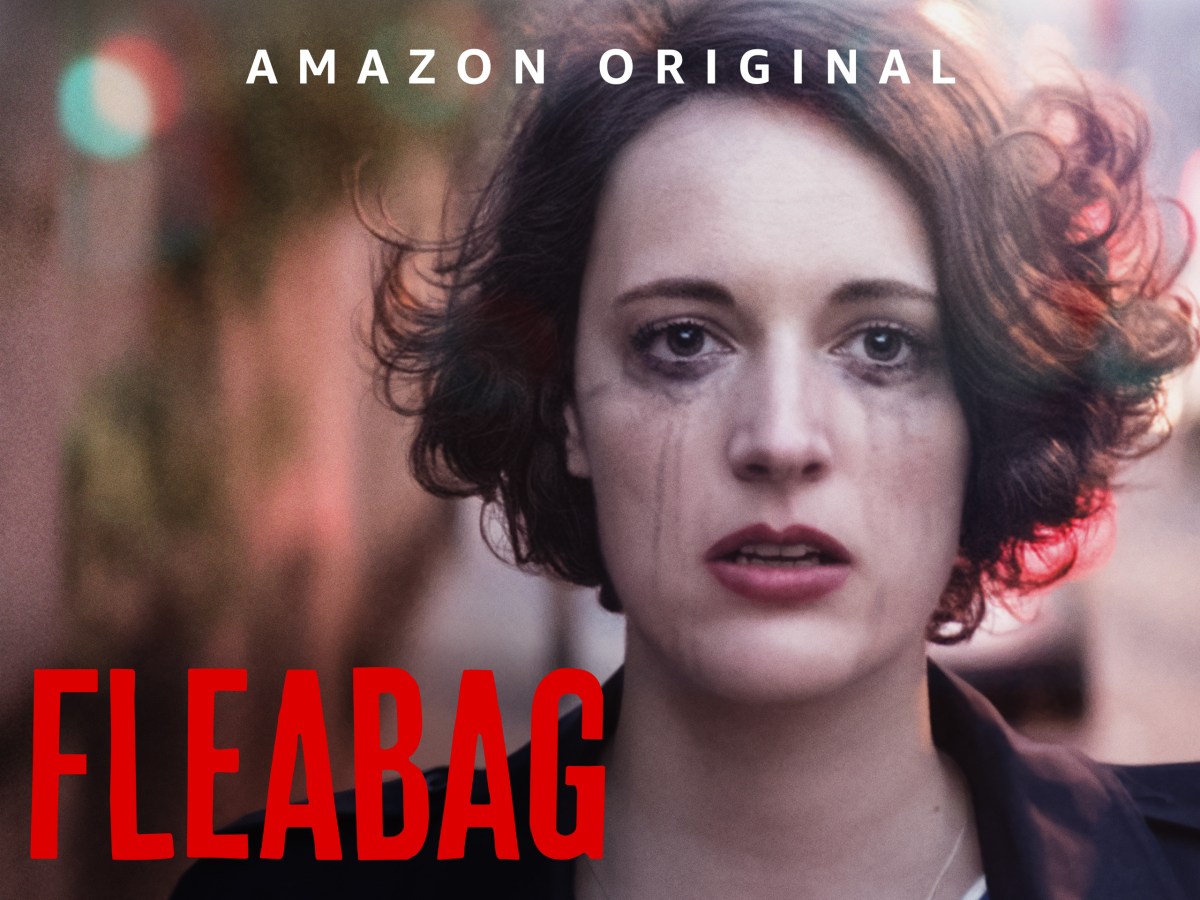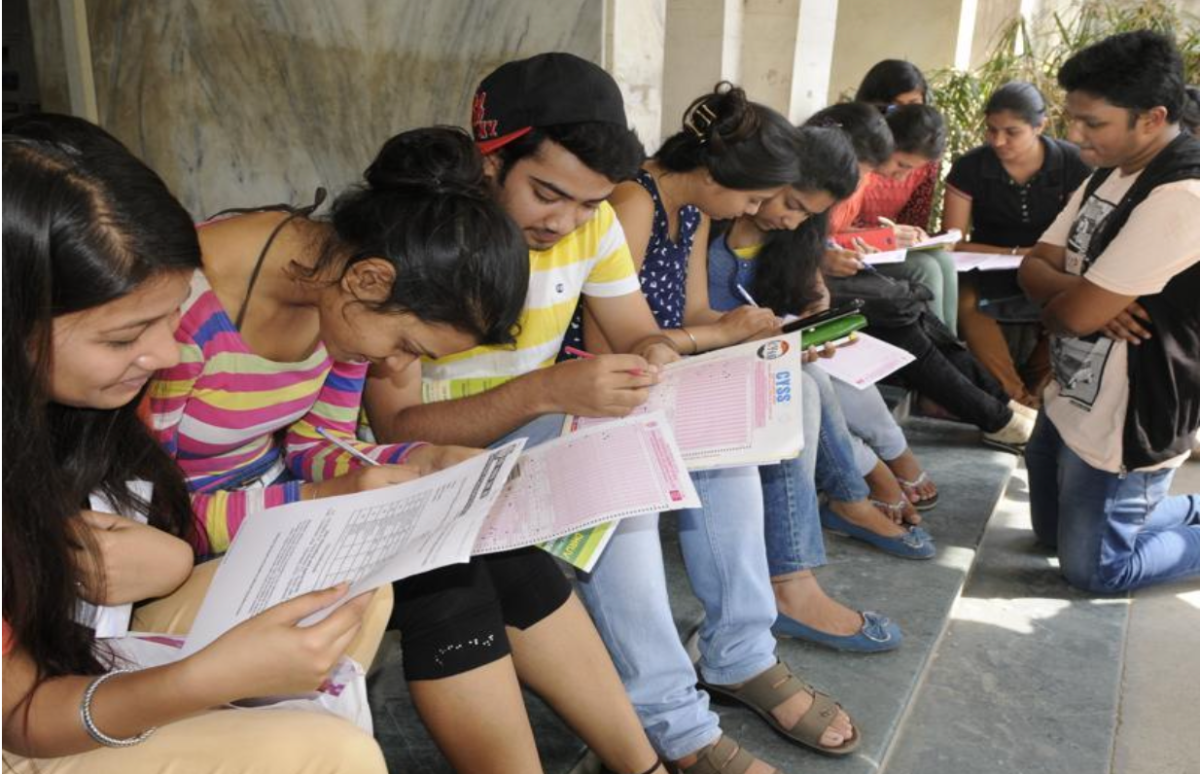Russia’s invasion of Ukraine on 24 February – the first military attack on any European country since the Second World War – might have sharpened the growing rift between Moscow and the West. But, for India, it has thrown up a delicate diplomatic moment. New Delhi today finds itself awkwardly lodged between two major camps, both of which are crucial for its evolving geopolitical, regional and national interests. The net outcome has been India taking a firmly neutral stance on the invasion – neither supporting nor condemning it.
At the same time, the civil society and intelligentsia in India remains fractured on how to interpret the crisis. Factions supporting and condemning Moscow’s actions have emerged across the political spectrum, even creating some unlikely congruences between camps that are otherwise sworn ideological foes. This divide shows the complexity of the current situation and how Russian actions will continue to be seen differently by different groups of people around the world.
Even before the invasion, India offered a middle-point view at the UN Security Council in its meetings on 31 January, 17 February and 21 February (following Russian President, Vladimir Putin’s blustering pre-invasion speech). It called for de-escalation through diplomatic dialogue, respect for the UN Charter, the safety of Indian students in Ukraine, and “legitimate security interests of all parties”. The last point, particularly, has been interpreted by many, especially Western commentators, as India taking Russia’s side in the conflict. The reality, however, is more complex.
India’s arguably ‘neutral’ stance hasn’t dropped from the sky. It flows from a fairly long foreign policy tradition going back to the Cold War period, which has actively professed the idea of not siding with any major power bloc. Yet, as history shows, this nonalignment tradition has, in reality, encouraged a tilt towards the Soviet (and later Russian) bloc. We see the vestiges of that peculiar legacy playing out once again today.
Historical path dependency
India and the then Soviet Union developed a uniquely intimate relationship right from the first half of the Cold War. Despite his avowedly nonaligned foreign policy, it was clear from the beginning that Prime Minister Jawaharlal Nehru preferred the Soviet bloc over the US-led Western bloc. Moscow’s generous financial aid to India was pivotal to his government’s industrialisation and institution-building plans. Notably, Moscow also used its sway over the Communist Party of India to help tame the anti-government insurgency that had become a headache for Nehru.
New Delhi’s tilt towards the USSR was further aided by the strong socialist thinking in influential sections of the Nehru government, including the Prime Minister himself and his Defence Minister, Krishna Menon. The fact that the US had begun to move closer to Pakistan further pushed India towards the Kremlin. These factors played a decisive role in setting the foundations for an enduring India-Soviet (later Russia) relationship.
Then in the early 1960s, India started buying the optimally-priced MiG-21 fighter jets from the Soviets, thus upgrading its air combat fleet by multiple factors. That heralded what was to become an era-defining defence and technical partnership covering both conventional military and nuclear technology transfers.
Over the next few decades, India and the USSR continued to back each other diplomatically at the international stage with great consistency – either actively supporting each other’s actions or staying silent. From refusing to condemn the Soviet invasion of Czechoslovakia in 1968 to staying neutral on its invasion of Afghanistan in 1980, New Delhi took great care to keep Moscow in its good books. The USSR returned the favour by backing New Delhi on a range of sticky issues – from the first nuclear tests in 1974 to the annexation of Sikkim next year.
Under Prime Minister Indira Gandhi, New Delhi and Moscow inked the landmark ‘India-Soviet Treaty of Peace, Friendship and Cooperation’ in 1971. The pact, designed to counter the growing partnership between the US, Pakistan and China, played a key role in moulding the geopolitics around the Bangladesh Liberation War. As some scholars argue, it gave Prime Minister Gandhi the conviction to intervene with military force in East Pakistan without the fear of an adverse response by the US-China-West Pakistan axis.
This “reciprocity of silence” – as Professor Ramesh Thakur, who currently teaches at the Australian National University, once described the relationship – didn’t change after the fall of the USSR. The Kremlin refused to condemn India’s second nuclear tests in 1998 (Pokhran-II) and also stayed neutral on the Kargil conflict next year.
More recently, India took a neutral position on Russia’s annexation of Crimea in 2014, emphasising on “legitimate Russian and other interests” – which, interestingly, is similar to India’s insistence on “legitimate security interests of all parties” in the ongoing Russia-Ukraine crisis. India also backed Russian military involvement in Syria through the last decade. This was followed by a raft of Russian support or neutrality on India – such as Moscow refusing to back Beijing on the 2017 Doklam standoff, backing India’s abrogation of Article 370 in Jammu and Kashmir in 2019, and taking on a mediatory role in the 2020 Galwan clashes.
This closely woven bilateral history and the mutual path dependency that it spawned make it nearly impossible for either party to jettison the relationship over a single crisis.
Strategic compulsions and geopolitical dilemmas
A critical part of the mutual path dependency is India’s reliance on Russia for military hardware. A significant chunk of India’s core military platforms across all the three services – from fighter jets and main battle tanks to submarines and frigates – are built on Soviet- and Russian-developed technology. In 2010, the two countries upgraded their relationship to a “special and privileged strategic partnership” and since then, according to SIPRI data, nearly 62% of India’s arms imports have been Russian. In the same period, India has emerged as the biggest customer for Russian arms in the world, accounting for nearly 32% of all of Moscow’s exports.
If India wants to maintain its current offensive, defensive, deterrence and power projection capabilities, it cannot junk this key defence partnership. Just four years back, India bought five S-400 air defence systems from Russia, which will upgrade its deterrence capability against a rapidly modernising Chinese army next door. Last December, during Putin’s visit to New Delhi, both countries signed a ten-year defence cooperation pact, as part of which India will indigenously manufacture more than 500,000 AK-203 assault rifles.
Russian military technology is also crucial for India’s own arms export plans, which it wants to double down on over the next few years. The recent US$375 million deal for the sale of three batteries of the BrahMos missile, which is manufactured under an Indo-Russian joint venture, to the Philippines and the “gifting” of a Soviet-made Kilo-class submarine to Myanmar in 2020 are only two recent examples. Other countries, such as Indonesia and Malaysia, have also expressed interest in buying the BrahMos to boost their strategic deterrence capabilities.
While the import of Russian arms might have dipped over the last decade, that doesn’t mean India can suddenly cut itself loose from Russia and switch to other buyers. Yes, it certainly needs to find other sellers in the long term so as to decrease its overreliance on Russian hardware, but it simply doesn’t have the capability to undertake a system-wide shift in the short term. Further, Indian arms imports have generally fallen between 2011-15 and 2016-20; so, the fall in Russian imports doesn’t suggest any long-term trend yet.
However, India needs to be cognisant of the adverse impact of Western sanctions on Russian defence exports. Although Moscow has assured India that its supplies will continue, there is little doubt that the sanctions will hinder its capacity to deliver on time. Preliminary indications of this happening have already surfaced, even as India’s Department of Military Affairs (DMA) initiates an audit to assess the damage. The need for India to diversify its import strategy has become doubly imperative now.
Despite immediate hiccups, New Delhi needs Moscow’s rapport with Beijing to keep tensions along the Line of Actual Control (LAC) manageable. The manner in which India reached out to Putin during the Galwan clashes in 2020 shows this. Interestingly, on 4 March, senior Indian Army officers hinted at the possibility of a Ukraine-like situation afflicting the LAC. This is not just a recognition of the lingering Chinese threat, but could also be seen as India’s tacit message of disapproval for Moscow’s cross-border aggression.
India also cannot ignore the ramifications of its neutrality on its relationship with the West, which has emerged as a crucial partner for New Delhi on domains such as the Indo-Pacific. On 3 March, amidst the crisis, all members of the Quadrilateral Security Dialogue (Quad) – India, Japan, Australia and the US – met virtually and briefly discussed its core agendas while noting that the “sovereignty and territorial integrity of all states” have to be respected. This showed that the Quad and other Indo-Pacific collectives will sustain in the near term, despite the crisis. The West has its own autonomous objectives in the Indo-Pacific, and it needs India to achieve those.
In all, there is little doubt that Russia’s Ukraine invasion will trigger some significant, if not tectonic, shifts in geopolitical and geostrategic thinking amongst big, middle and small powers. India today lies somewhere between the first two, which is a very awkward place to be at the moment. If India fails to reconcile with the complex new realities that this crisis is bound to create, it will continue to find itself on thin ice every time a global crisis of this nature rears its head.
Angshuman Choudhury is a Senior Research Associate at the Centre for Policy Research, New Delhi.
Picture Credits: DW
We publish all articles under a Creative Commons Attribution-Noderivatives license. This means any news organisation, blog, website, newspaper or newsletter can republish our pieces for free, provided they attribute the original source (OpenAxis).










